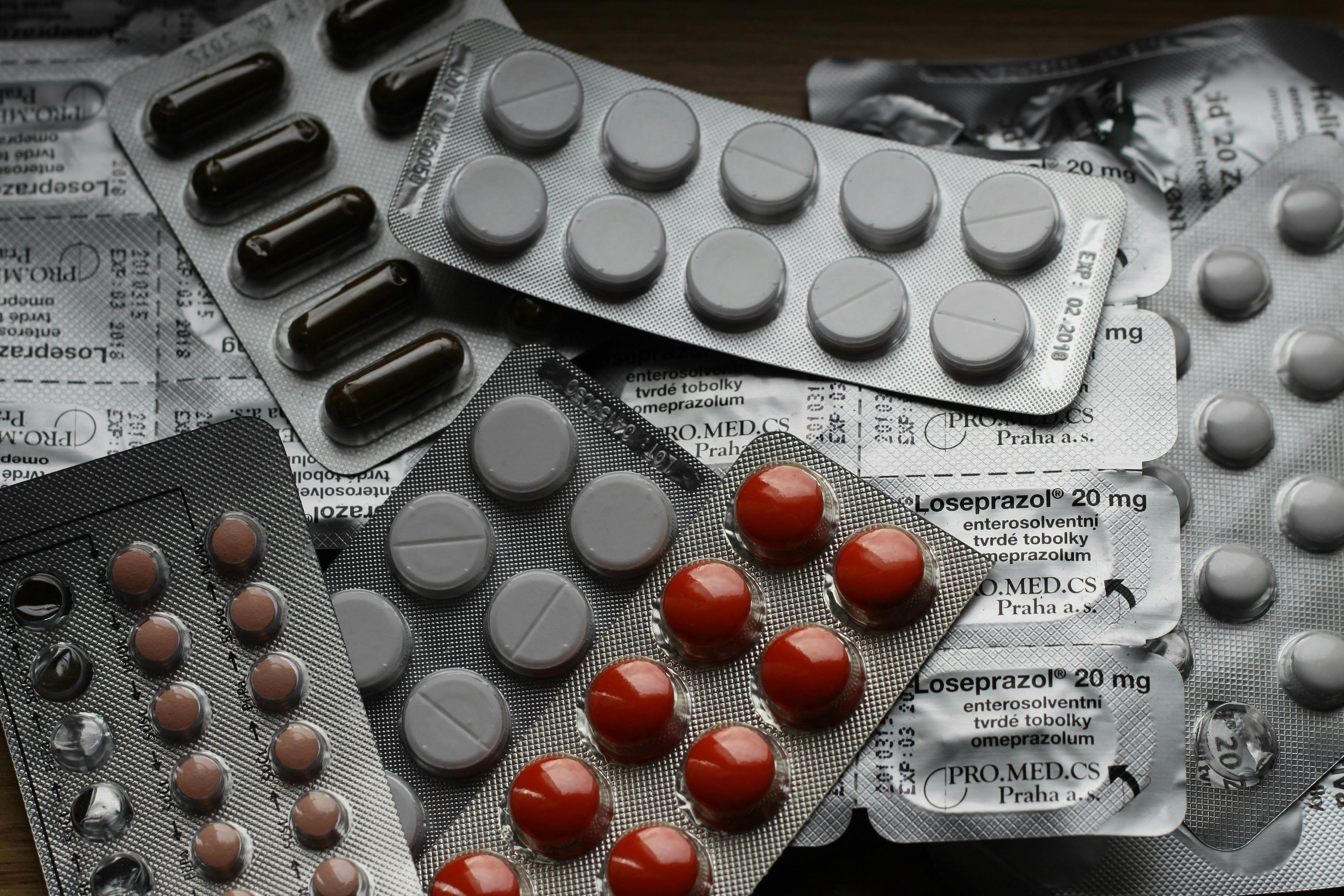How Low‑Dose Radiation Therapy Can Gently Ease Arthritis Pain
Mechanisms of Pain Relief

The primary mechanism by which low-dose radiation alleviates arthritis pain is through its anti-inflammatory effects. Radiation induces apoptosis in inflammatory cells, reducing the infiltration of these cells into the joint spaces. Additionally, it alters the release of growth factors and cytokines, shifting the balance from a pro-inflammatory to an anti-inflammatory state. This modulation of the immune response not only decreases pain but also promotes healing within the joints. Understanding these mechanisms is crucial for optimizing treatment protocols and maximizing patient outcomes.
Comparative Effectiveness with Traditional Therapies

When compared to traditional arthritis treatments such as NSAIDs or corticosteroids, low-dose radiation therapy offers distinct advantages. While medications can provide temporary relief, they often come with significant side effects, including gastrointestinal issues and increased infection risk. Radiation therapy, on the other hand, offers a non-invasive alternative with fewer systemic side effects. Clinical studies have shown that patients receiving radiation therapy report sustained pain relief and improved joint function, often with fewer treatment sessions required. This makes it an attractive option for those seeking long-term management of their symptoms.
